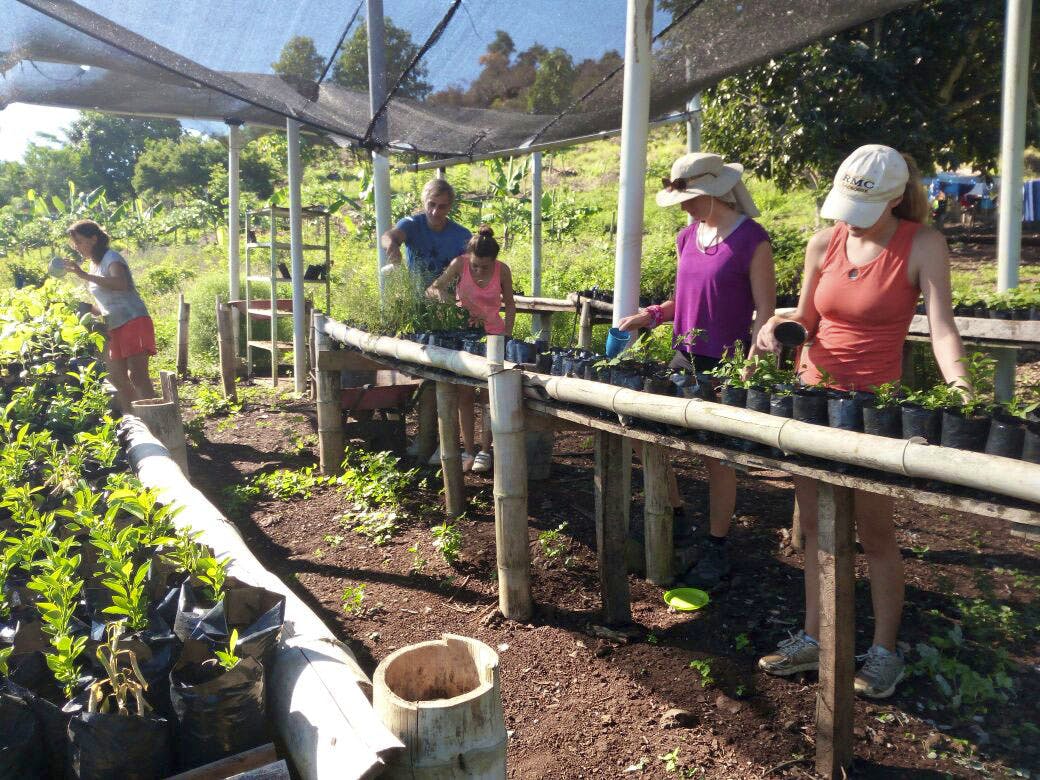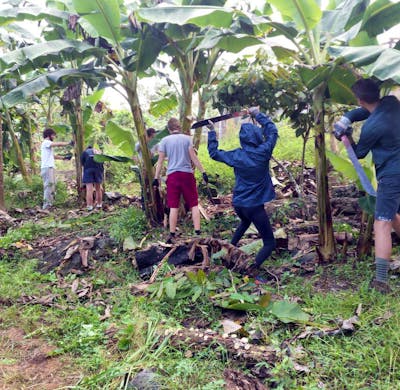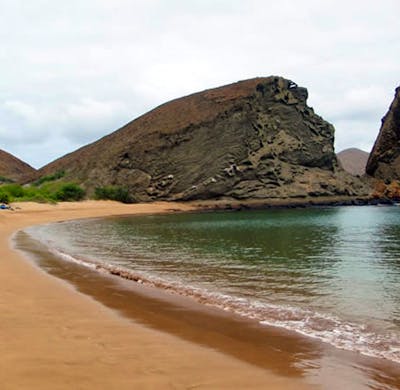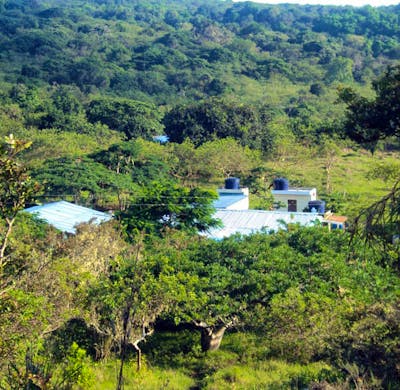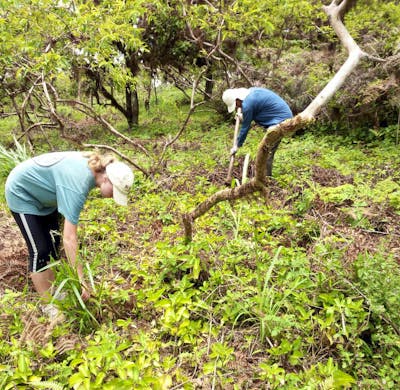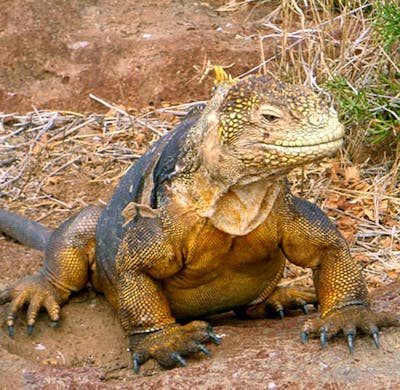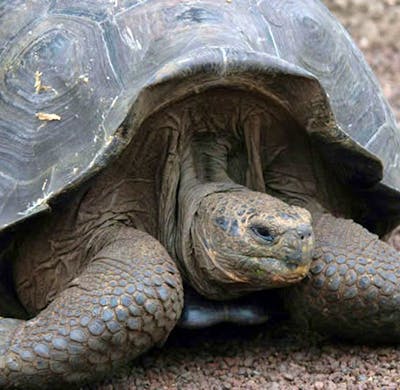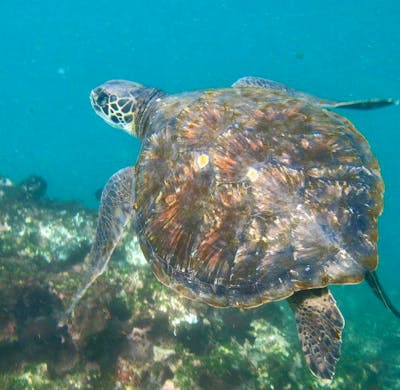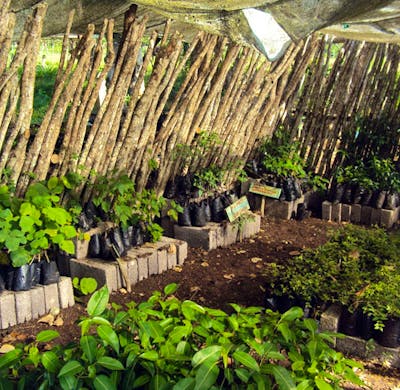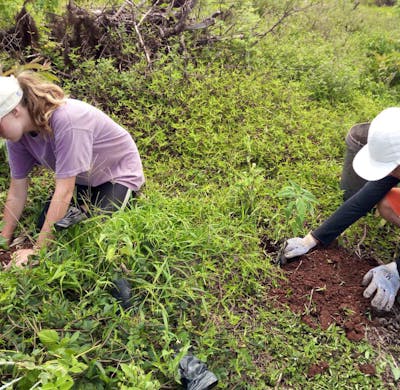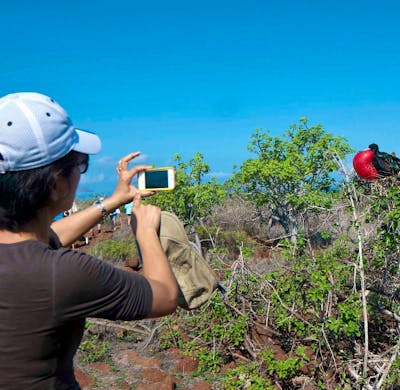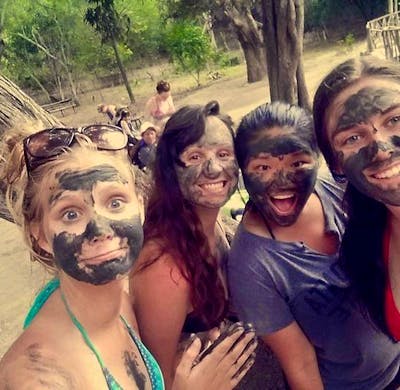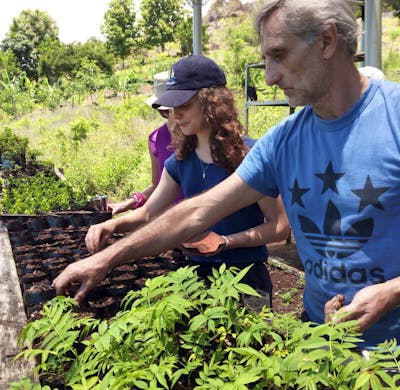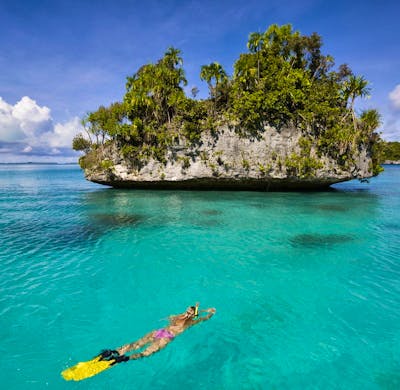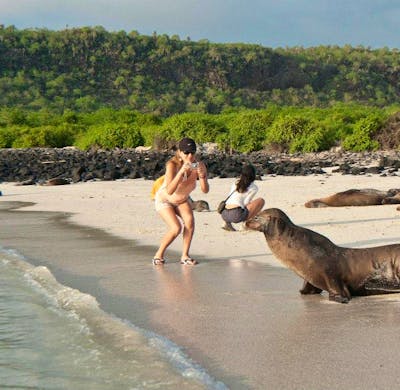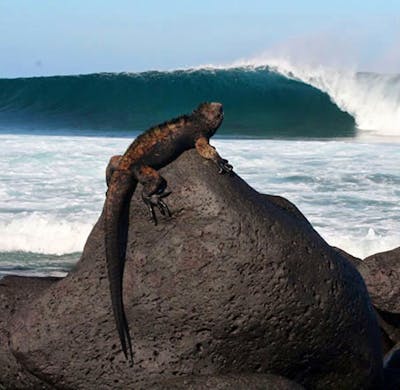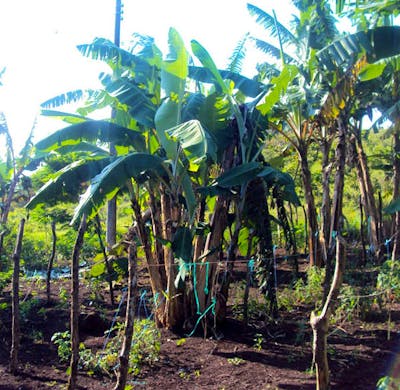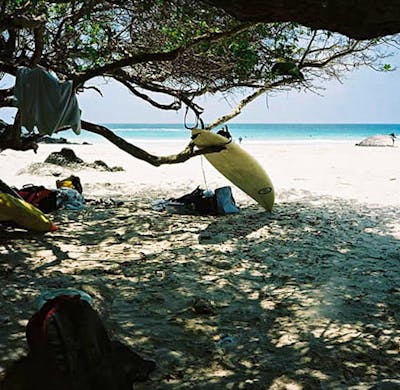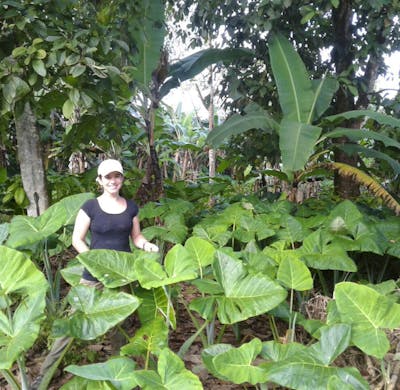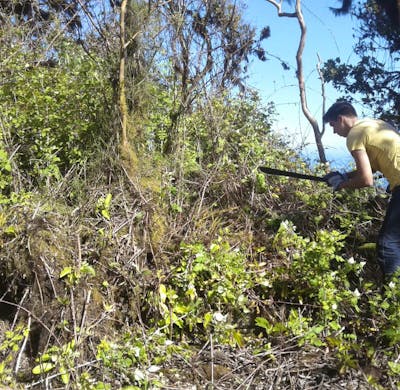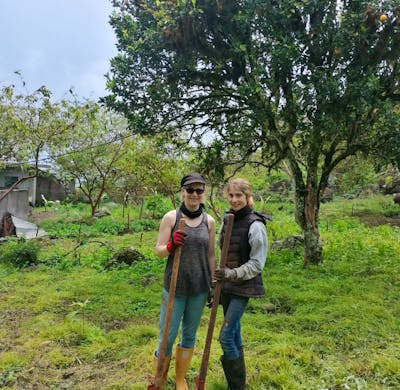vanaf 1.465€
Work in Conservation of Native Species
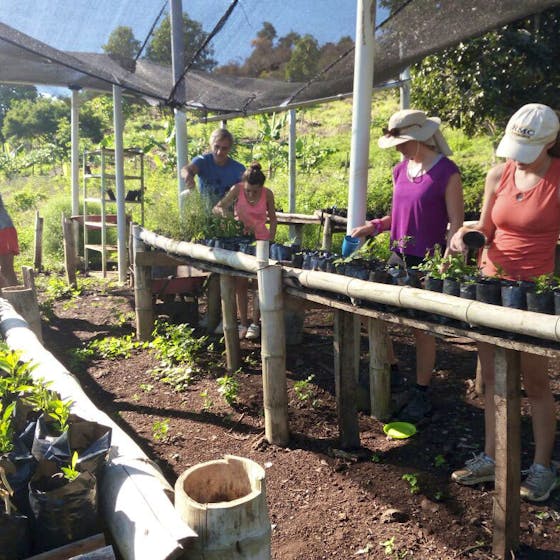
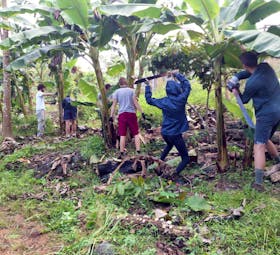
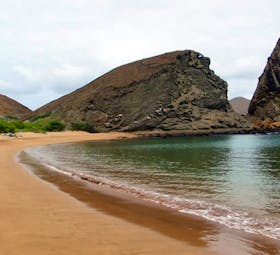
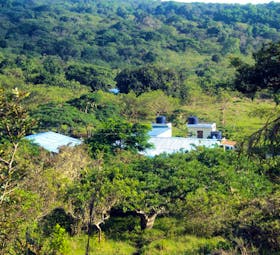
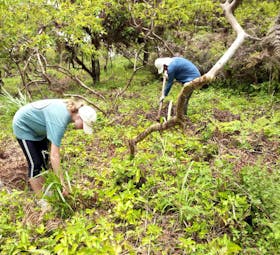
Highlights
- Unveil the wonders of the Galapagos Islands, one of Earth's most mesmerizing destinations. Immerse yourself in its pristine beauty and unparalleled biodiversity.
- Be a guardian of this fragile ecosystem. Your hands-on efforts to restore the local habitat will leave an enduring mark, ensuring the Galapagos' natural wonder thrives for generations.
- Delve into the captivating history of the Galapagos Islands, where each tale and every discovery unveils the secrets of this remarkable archipelago.
- Forge friendships with fellow volunteers from across the world. Together, you'll share experiences, cultures, and memories that will bond you for life.
- Develop essential intercultural skills that will not only enrich your own life but also enable you to bridge cultures with grace and understanding.
Vooral geschikt voor
Over het programma
Be more than a tourist on Galapagos Islands and do something more than just taking exciting photos! Be a Volunteer and contribute to the conservation of local nature. 🌿
Be more than a mere tourist who travel to the Galapagos Islands every year only to take some exciting photos! Come to Galapagos to contribute to the conservation of natural habitats in this fragile ecosystem and help protect endemic flora and fauna. By volunteering on the Galapagos Islands, you also ...
Dagelijkse activiteiten
Volunteers on the Galapagos Islands are placed on a Hacienda with eco farming activities that owns 30 hectares of land that is part of the Galapagos National Park. This land must be protected and regularly cleared of non-endemic plants. This is to reverse the negative effects that the introduction ...
Vrijetijdsactiviteiten
After a long day of hard work, evenings are quiet and volunteers usually spend them lounging in hammocks, chatting, listening to music, writing or reading. In your free time you can also go swimming, hiking and play sports. It's possible to do diving and snorkeling. The local volunteer coordinators ...
Voorwaarden
Diensten ingesloten
Wat is er NIET inbegrepen?
Gegevens over jouw aankomst
Check-in at the project site is always on a Monday. Always full weeks are charged from Monday to Sunday, independent if you stay the 7 days or less. Volunteers need to start the program with an orientation session in Quito with the volunteer coordinator, before heading to the islands. Overnight stay (s) in Quito in a Homestay (single room, half-board) is included.
Therefore the minimum stay is 2 weeks + 1 day!
Programmakosten
Ontmoet je organisatie

South America Inside
Agentschap - opgericht in 2003
Geverifieerd door Volunteer World
Gepresenteerd door

Marion
Over de organisatie
78 beoordelingen ·  4.4
4.4
Plaats

Misschien ben je ook geïnteresseerd in
-
Galápagos
Oceaan schoonmaak
Bomen Planten
Plasticvervuiling
Herbebossing
Afval Recyclage
Familie
Latijns Amerika
50 Plussers
Project buitenland
Volwassene
Vrijwilligerswerk op korte termijn
Natuur
Koppels
Groep
Beste vrijwilligersprogramma's
Vrijwilligersreizen voor studenten
